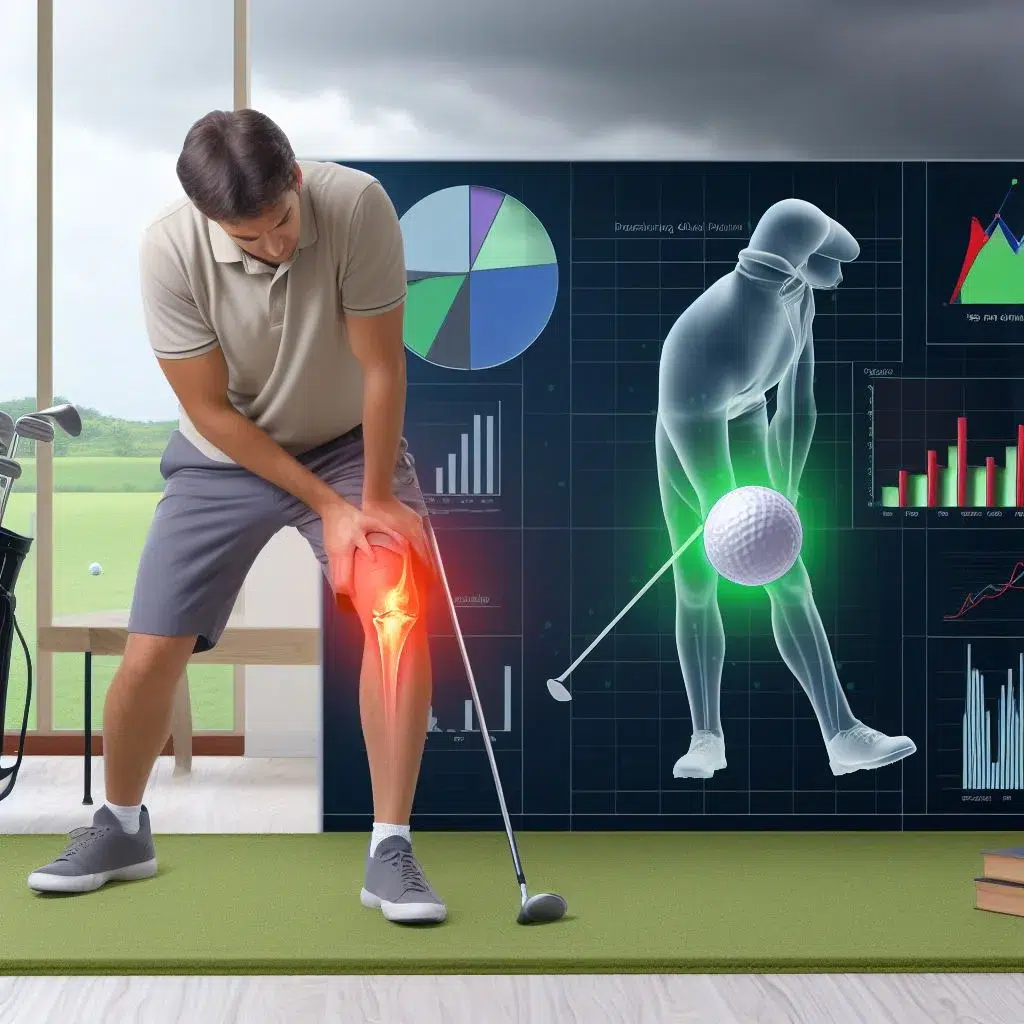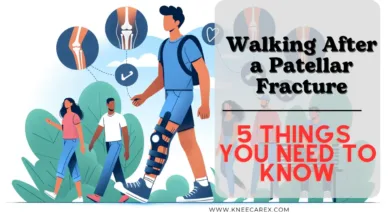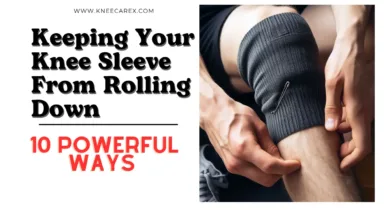Struggling with Golf Knee Pain? Try These 5 Secret Remedies

Are you an avid golfer who’s been sidelined by the frustrating and debilitating pain in your knees? Whether you’re a seasoned pro or just enjoy hitting the links on weekends, golf knee pain can be a real game-changer. But fear not, because hidden within the world of golf are secret remedies that could hold the key to alleviating your knee discomfort and getting you back out on the fairway in no time.
Contents
Understanding Golf Knee Pain:
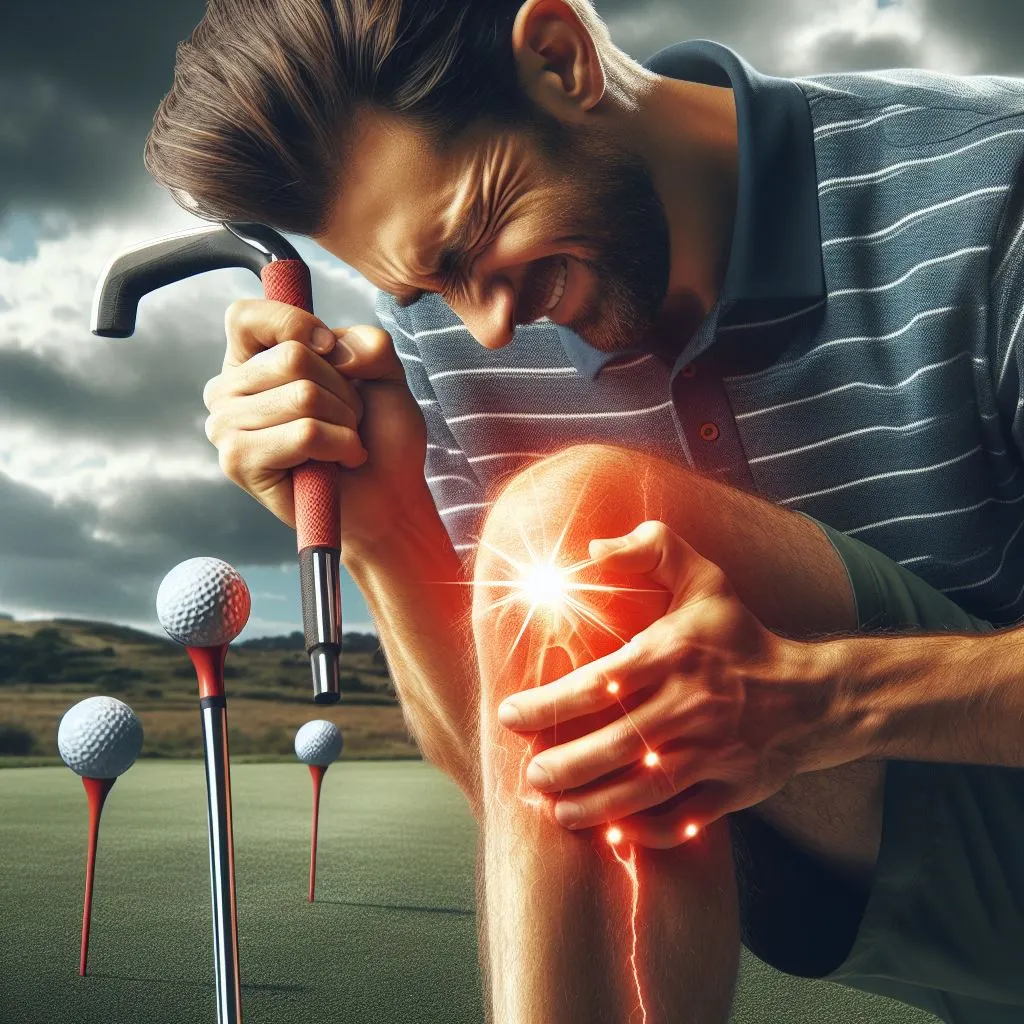
To address golf knee pain, it’s important for players to focus on strengthening not only the muscles directly surrounding the knee but also those in the hips and core. Building stability in these areas can help distribute forces more evenly throughout the body during each swing, reducing strain on individual joints. Moreover, incorporating flexibility exercises into your routine can improve joint mobility and reduce tension in key muscle groups that may be contributing to knee discomfort. By taking a comprehensive approach to managing golf-related knee pain, players can enhance their performance and reduce their risk of injury on the course.
Navigating Golf Knee Injuries: Prevention, Symptoms, and Recovery
Muscle Imbalances and Weaknesses:

Improper Golf Technique:
Because golfers frequently swing excessively hard and overstress their knees, improper golf technique can result in knee pain. Inadequate weight transfer and a forceful backswing are typical errors. Golfers should concentrate on good body mechanics, using their hips and core muscles to generate power, and establishing a smooth swing in order to avoid these problems. Moreover, effective warm-up routines might reduce the chance of injury. Golfers can improve their game and lessen knee pain by concentrating on these factors.
Underlying Medical Conditions:
Osteoarthritis and rheumatoid arthritis are two underlying medical problems that might cause golfer’s knee pain. Osteoarthritis is a degenerative joint condition, whereas rheumatoid arthritis is an autoimmune illness that produces inflammation in the joints. Golfers who suffer from these ailments might need to buy knee braces or adjust their swings. Identifying these disorders and collaborating with medical specialists can aid in the creation of individualized treatment programs and the avoidance of chronic knee stress.
Secret Remedies: Prevention and Treatment

Warm-Up Properly:
Before playing golf, a comprehensive warm-up can help avoid knee pain and improve performance. Stretching should be done from head to toe, with special attention to the muscles in the hips, glutes, hamstrings, and calves that are used during swings. Increase movement intensity gradually, working your way up to more specialized exercises after doing mild dynamic stretches first. Make sure to activate your muscles properly in order to release tension and get ready for the course. Everyone can perform this exercise, which guarantees a successful game without causing knee pain.
Strengthening Exercises for Preventing Pain
Golf knee pain can be a real hindrance for any golf enthusiast, but it doesn’t have to be a permanent setback. Strengthening exercises specifically targeted at the muscles around the knees can play a crucial role in preventing and alleviating this kind of pain. Building strength in the quadriceps, hamstrings, and glutes not only provides better support for the knee joint, but also helps improve stability during the golf swing. Consider incorporating exercises like lunges, squats, and leg presses into your workout routine to fortify these key muscle groups.
Moreover, don’t underestimate the importance of flexibility in addressing and preventing knee pain. Stretching exercises that focus on the hip flexors, calves, and IT band can help reduce tension in the surrounding areas of the knee joint. Additionally, engaging in activities like yoga or Pilates can contribute significantly to enhancing overall flexibility and balance while also promoting injury prevention. By implementing a well-rounded regimen that includes both strengthening and flexibility exercises tailored to address golf-related knee pain, you can proactively safeguard against discomfort and sustain your passion for hitting the links without worry.
Proper Footwear:
Choosing supportive shoes with strong arch support and well-cushioned soles will considerably lessen golf knee pain. In addition to relieving pain, these shoes improve performance by giving players a firm base for improved balance and precise shots. Purchasing high-quality shoes can help reduce knee pain while playing golf. Thanks to recent developments in shoe technology, people with knee problems can now discover more specialized alternatives with elements that provide extra stability, like adjustable straps or laces. Finding the right fit for your foot might be aided by trying on different brands and designs.
Regular Breaks and Rest:
Especially when it comes to golf-related knee discomfort, it’s important to pay attention to our bodies and give them enough time to heal. Excessive effort can lengthen the healing period or result in new injuries. Resting lowers inflammation, speeds up healing, and permits damaged tissues to mend. This stops knee pain in the future and starts a beneficial cycle of injury avoidance.
Consult a Professional:
Although knee discomfort might be a chronic problem, it’s important to consult medical professionals or sports injury specialists. These experts are qualified to diagnose the illness and suggest the best course of action. Ignoring knee pain could result in more issues. Golfers can benefit from customized treatment regimens from specialized sports injury doctors who understand the physical demands of the game and can manage symptoms without compromising play.
Lifestyle Changes for Managing Knee Pain
For golfers suffering from knee pain, making lifestyle changes can greatly improve their condition. First and foremost, maintaining a healthy weight can significantly reduce the stress on the knees during activities such as walking and swinging a club. Additionally, incorporating low-impact exercises like swimming or cycling into one’s routine can help build strength in the muscles surrounding the knee joint while minimizing impact on the joints themselves. Furthermore, investing in supportive footwear with cushioning and stability features can alleviate discomfort during rounds of golf. By prioritizing these lifestyle changes, individuals can effectively manage knee pain and continue enjoying their favorite sport.
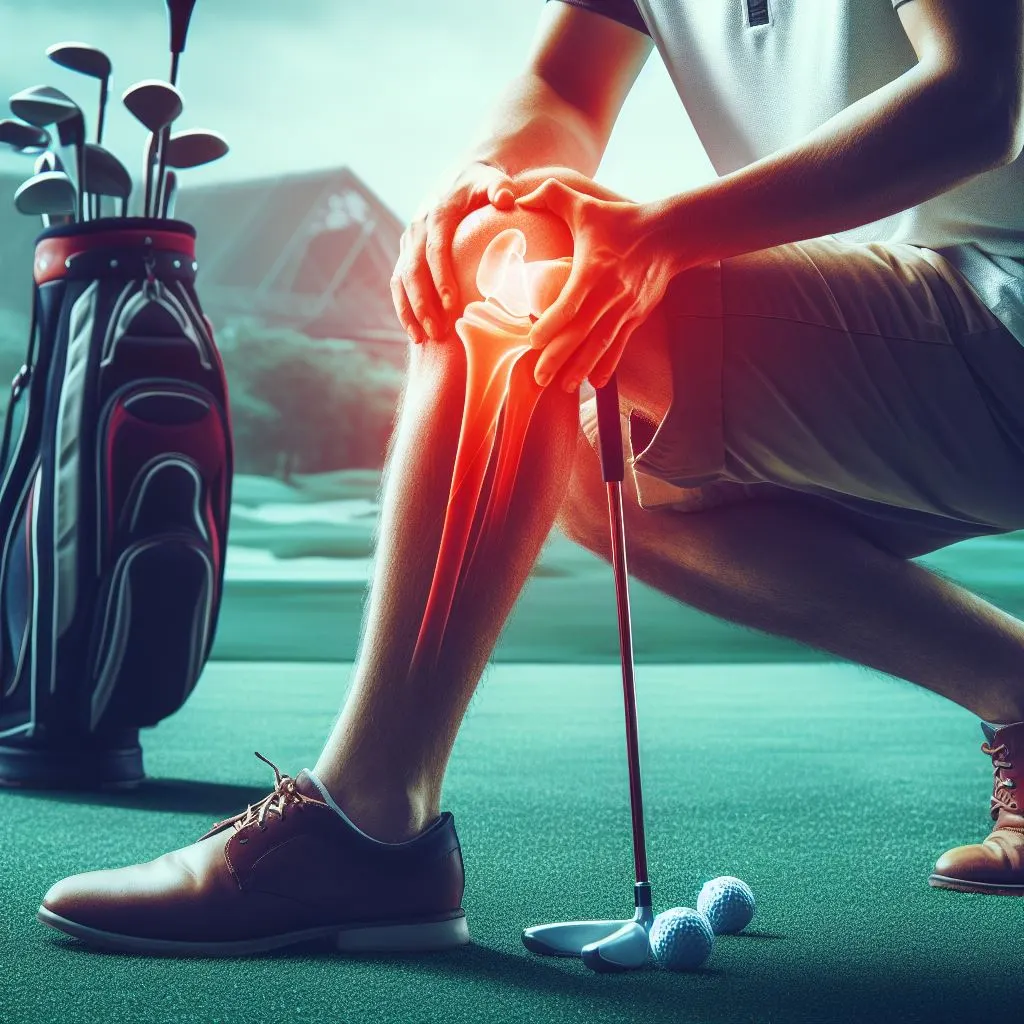
Soreness After Golf: 5 Tips to Prevent Soreness and Knee Pain
Conclusion: Golf Knee Pain
In conclusion, golf knee pain is a common issue that can significantly impact a golfer’s performance and enjoyment of the game. It is important for golfers to be mindful of their posture, swing mechanics, and overall conditioning in order to prevent and manage knee pain effectively. Seeking professional guidance from a physical therapist or sports medicine specialist can provide valuable insight into specific exercises, stretches, and techniques to alleviate knee discomfort. By addressing the root causes of knee pain and implementing targeted strategies for prevention and management, golfers can maintain their active lifestyle on the course with greater ease and confidence.
